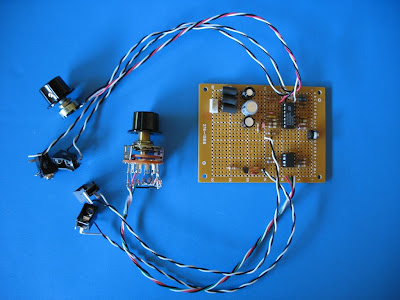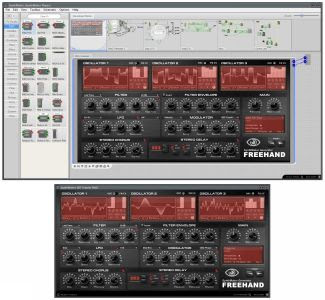"Personally, I think they sound nothing alike. In fact, the NM patch was trying to simulate the Analog 259 and not the 259e.
Real 200e:
2006-218_buchla.mp3
This is from when I tried to build a "259" in my micro modular.
nord_noodle.mp3"
EVERYTHING SYNTH

 images via this auction
images via this auction The bottom section is a full wave rectifier, transforming waves to positive voltage with even harmonics. Out 2 is a "squared" version of Out 1."
The bottom section is a full wave rectifier, transforming waves to positive voltage with even harmonics. Out 2 is a "squared" version of Out 1." flickr by human_kraig
flickr by human_kraig
 More info is now available on the genoQs website.
More info is now available on the genoQs website. via Eric on the SDIY list.
via Eric on the SDIY list. "Key new features and changes
"Key new features and changes FL Studio can permanently learn and remember links to external controllers with the new ‘multilink’ function + 'Override generic links' option.
FL Studio can permanently learn and remember links to external controllers with the new ‘multilink’ function + 'Override generic links' option. via sequencer.de
via sequencer.de “When I got them out of storage and played them again, I realised something that even I had forgotten - that these analogue instruments are unique,” Jarre says. “Choosing to use these old synths instead of their modern equivalents is not a retro thing, it is not nostalgia, it is because technological progress has almost nothing to do with the quality of the instrument.
“When I got them out of storage and played them again, I realised something that even I had forgotten - that these analogue instruments are unique,” Jarre says. “Choosing to use these old synths instead of their modern equivalents is not a retro thing, it is not nostalgia, it is because technological progress has almost nothing to do with the quality of the instrument. images via this auction
images via this auction
 images via this auction
images via this auction

 images via this auction
images via this auction











